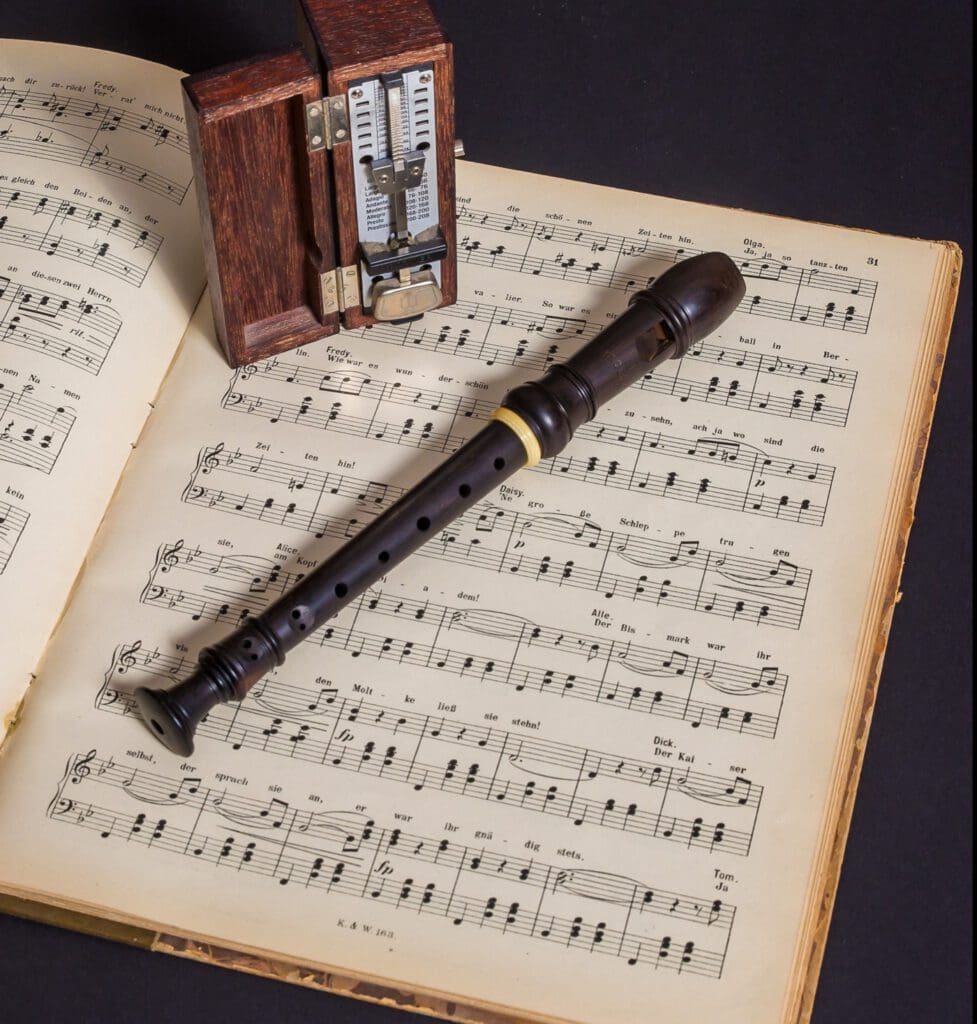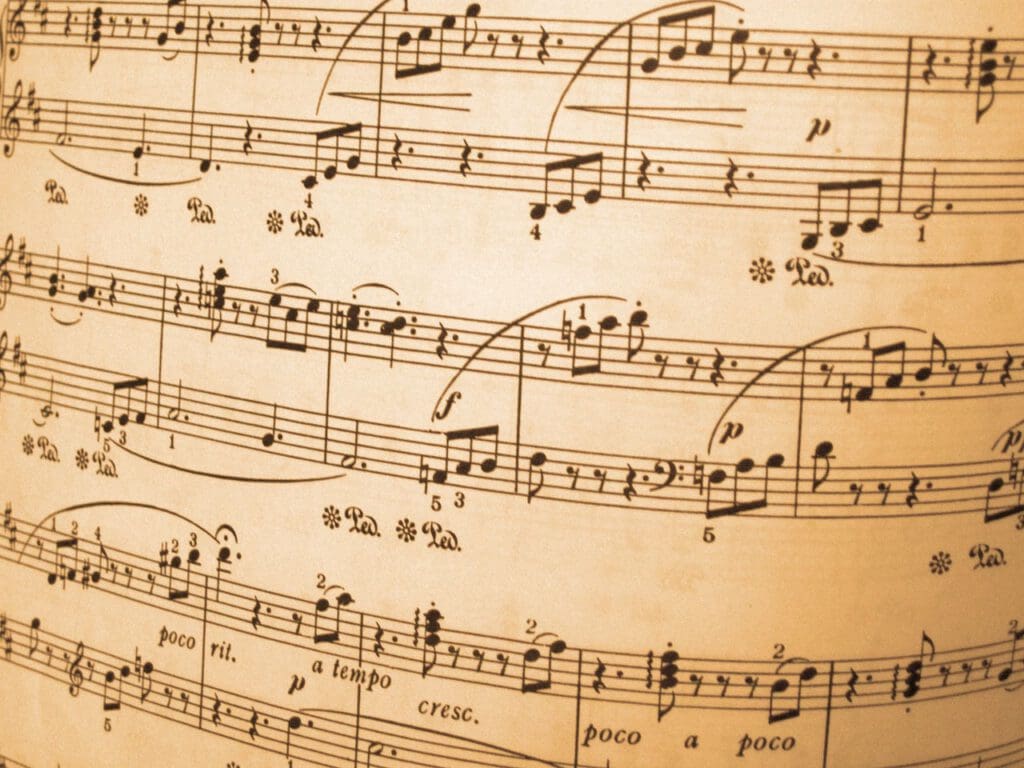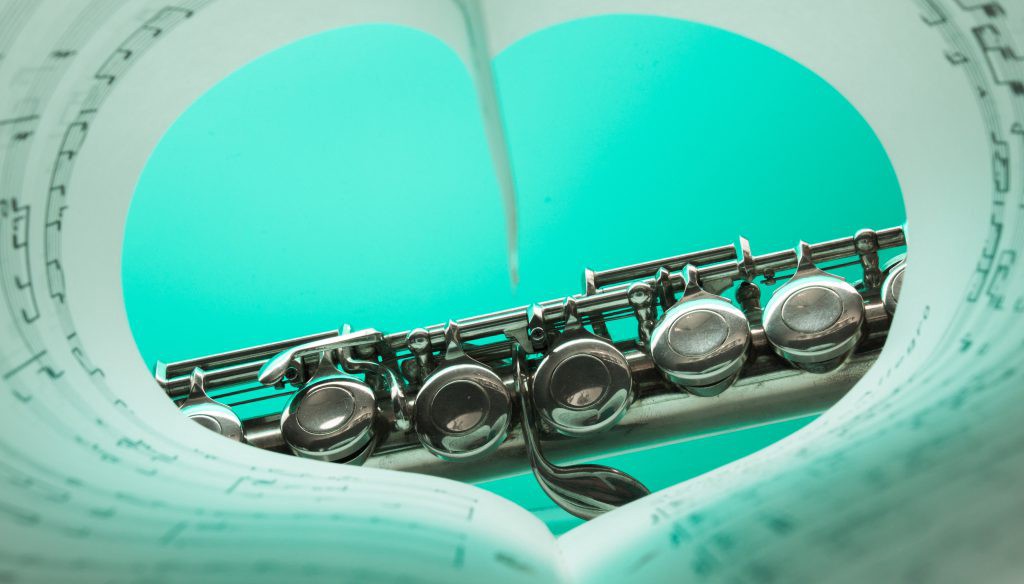Everything today, that is classified as aesthetic has been injected with a certain genre of a musical note in it; in literature, especially, you will find the mention of this characteristic. Since the earliest of times, Churches and several religious groups employed music as their chief means to propagate historic tales and reverence so that the composition successfully sows the seeds of devotion and realization of dutiful practices in the minds of the listeners. Before we relate the evolution of music composition in detail, let us tread you through the path of its significance and application that qualifies it as an indispensable portion of the entire musical arrangement.
The term “music composition” refers to the art of curating an original piece of music by amalgamating either vocal, instrumental or sometimes both in the form of a musical piece and then filling the gaps with distinct tones, notes, pitches, and score. Furthermore, we cannot confine the realm of music composition within a restricted period or kind; as the society evolves its tendencies, emotion, culture, and taste alters with time too. Apart from novels and poetry, if we are asked to name that one medium that truly holds up the essence of all these faculties when brought together, then it would inevitably be music. Thus, in the following section, we will be tracing the history of music composition to garner you with an insight into how this has taken the shape of a revolution and the trends that are most likely to affect the pattern in the upcoming days.
Music during the Medieval and Renaissance
The inception of independent music composition can be traced back to a time as early as the Medieval period that is framed between 400–1400 A.D. The increasing power of the Church manifested itself in the composition and the notation found its way back into the musical habitat with consequential variations. Unfortunately, most of this music hasn’t made it to the records of modern times, and we are only left with a handful of references that have undergone numerous additions and compressions. Hereafter, following the medieval times emerged the Renaissance and occurred from 1400 to 1600 A.D. An intriguing change that was brought about in this period was that the musical composition now included clearer and voice-centric melody that depended on a few instruments to derive the right combination of tones from. This variant of music eliminated the complexities that were an integral part of the preceding age; the objective was to procure the audience with something that could be replicated easily and implemented in their daily lives. Also, the forthcoming of the printing press made it easier for the artists to note their tunes down and reprint them to circulate their compositions among the common public for them to hand over to the upcoming generations.

Baroque and classical
Music composition during Baroque reached a rebellious height when several versions of secular music and instrumental notes started gaining the limelight. Rather than falling back upon the foundation created by the previous age, the composers relied upon the need of the hour and brought about a unique classification known as the “Counterpoint”; this species was concerned with the use of polyphonic and independent music that has left a mark of its own. Apart from these influences, the composers opened doors for several spontaneities in their illustration that made enough room to increase the combinations and bring in the never-heard-before. The classical period, nevertheless, was right behind this; identified as the most crucial span of music composition, the classical era focused on projecting a peaceful and versatile mix of chords. From marrying contradictory melodies to sufficing them with unprecedented chords, the classical times have witnessed some of the bravest and greatest pieces that the world has ever known. Mozart, the most celebrated composer of all times with Richter and Beethoven contributed to this legacy and set an example for the future generations to follow. The range of instruments was thereby increased, and composers were found garnering a special fondness towards the untraversed verses and notes to create a strong impact.

The romantic and the modern period
The music composition of the romantic period reflected the immediate tendencies of the society and the ones that were related in literature. Chopin and Wagner then, were to music what Wordsworth and Coleridge were to the “vast unknown” of literary subjects. After the rapid increase of instrumental implementations, emotional notes, too, saw a quick rise and thereby started to blur away the lines between the real and the virtual. Nonetheless, the changes that were brought about in music composition in the 20th century were quite unforeseen. The First World War left people and social enthusiasts devastated; the primary component of this age was fragmentation and it was well portrayed in the music. But, along with these broken pieces, appeared the radio and other technologically advanced reproduction devices that delivered a clearer and flavorful music to the world. The pace, tempo, pitch, intermixing of genres were the primary distinguishing factors of music composition; in a way, this is the age that arranged the building stones for what we call music today.
The post-modern contribution
One of the greatest inventions of the 21st century is certainly the Melody Scanner; who would have thought in the earlier ages that the melody which they were turning into music and propagating through verses can be converted into sheet music? Melody Scanner does the same; at present, it is hailed as the most powerful tool that will transcribe all your favorite songs into sheet music and as a bonus serve you with recourses of a wide array of musical instruments. The Melody Scanner thereby is essentially the child of the post-modern world, where everything including music is recognized by a galloping pace and unmatched vitality to resemble the unstoppable course of life. From classical scores to piano-roll, from high-voltage electrical guitar tabs to the subtle touch of violin, everything can be brought together in harmony and reproduced before the audience. Gone are those days when one had to sit through an excruciating term of music composition, the Melody Scanner has enabled music composition through music and smart score editing, therefore, making the lives of composers and music enthusiasts immutably simple and exciting!

